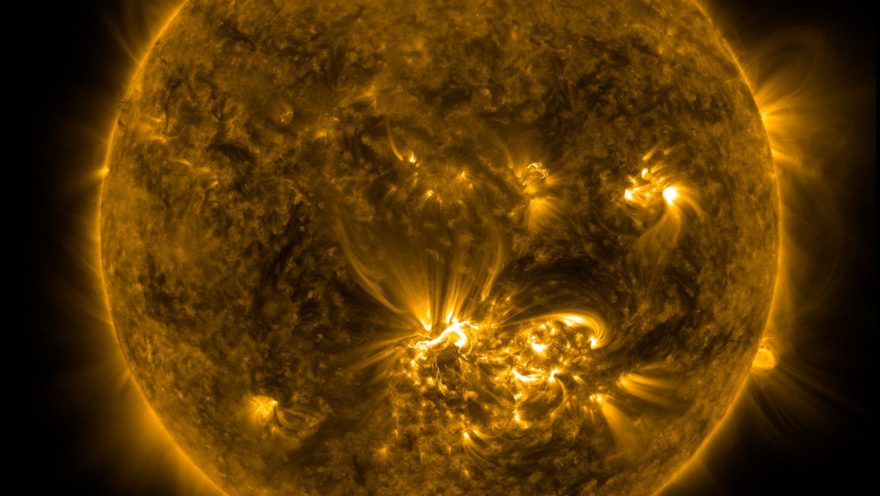Israeli space weather researchers report that they used artificial intelligence (AI) to predict powerful radiation outbreaks up to 96 hours before they occurred.
Harmful radiation from these eruptions – also known as solar storms — can have a significant impact on our lives here on Earth. They produce disturbances in atmospheric layers through which communication and GPS signals pass.
That leads to disruption of satellite activity, navigation systems, communications and electric grids. Intense radiation bursts also can result in dangerous and costly spacecraft failures.
Scientists have been trying since the 1930s to predict solar storms in enough time to offset damage. Now, the new meteorological field of space weather research is finding ways to forecast solar and geophysical disturbances from the interactions and influences of the sun and other cosmic sources that surround the Earth.
Remote sensing expert Yuval Reuveni of Ariel University’s department of physics and Samaria and Jordan Rift R&D Center worked with Ariel University computer science PhD candidate Vlad Landa to invent the new solar storm forecasting method, dubbed the Convolutional Neural Network.
As described in their paper published in The Astrophysical Journal, they combined deep learning of past radiation bursts with X-ray measurements from Geostationary Operational Environmental Satellite (GOES) satellites belonging to the U.S. National Oceanic and Atmospheric Administration.
The proposed model achieved impressive results across different metrics compared to previous recent studies.
The researchers explain that “extracting an accurate and reliable solar flare forecast while considering multiple ranges of time windows is essential for decision makers when protective measures are taken in critical mission situations.”
Their project was supported by the Israeli Space Agency and the Ministry of Science and Technology.






















Recent Comments